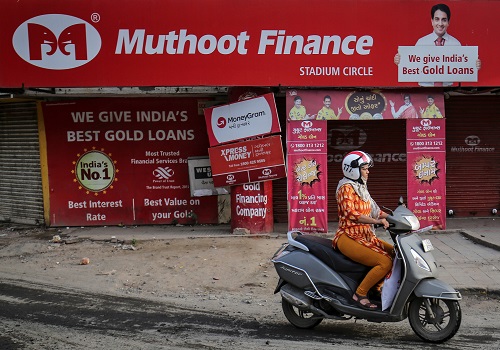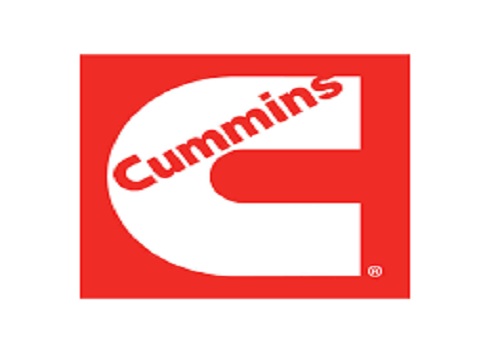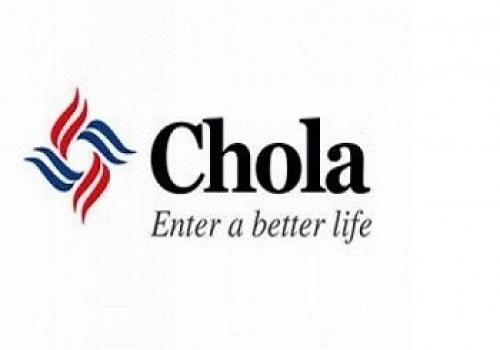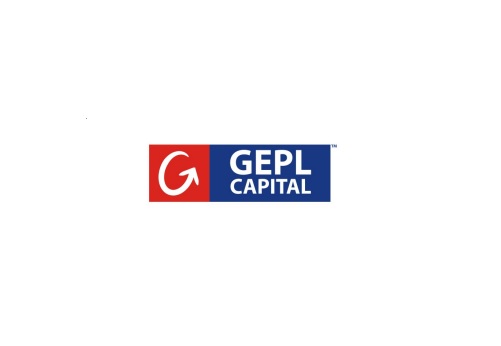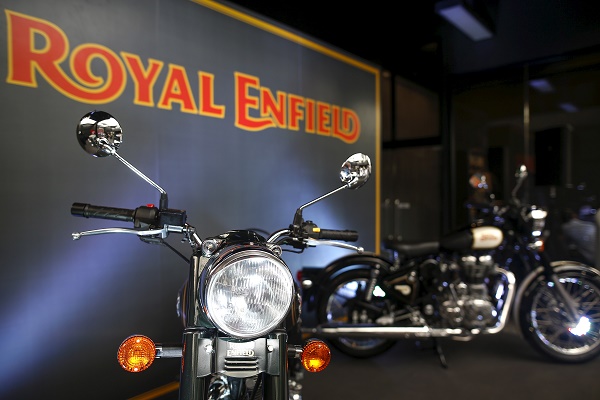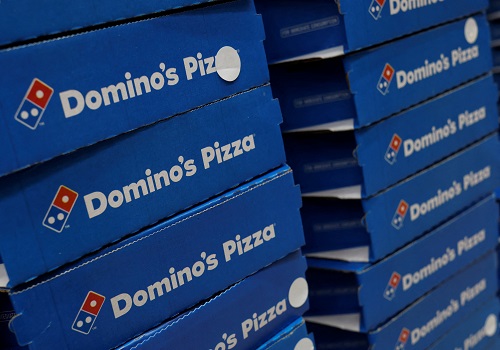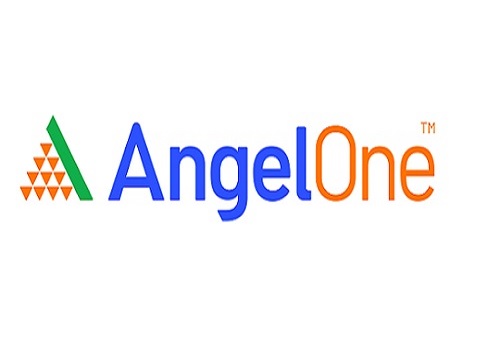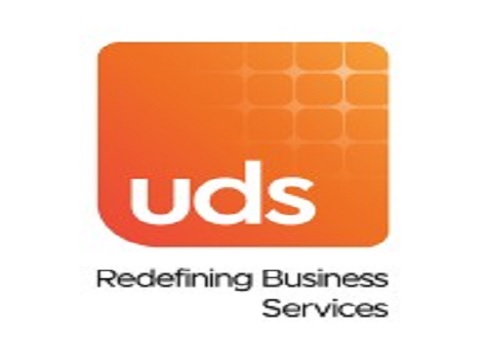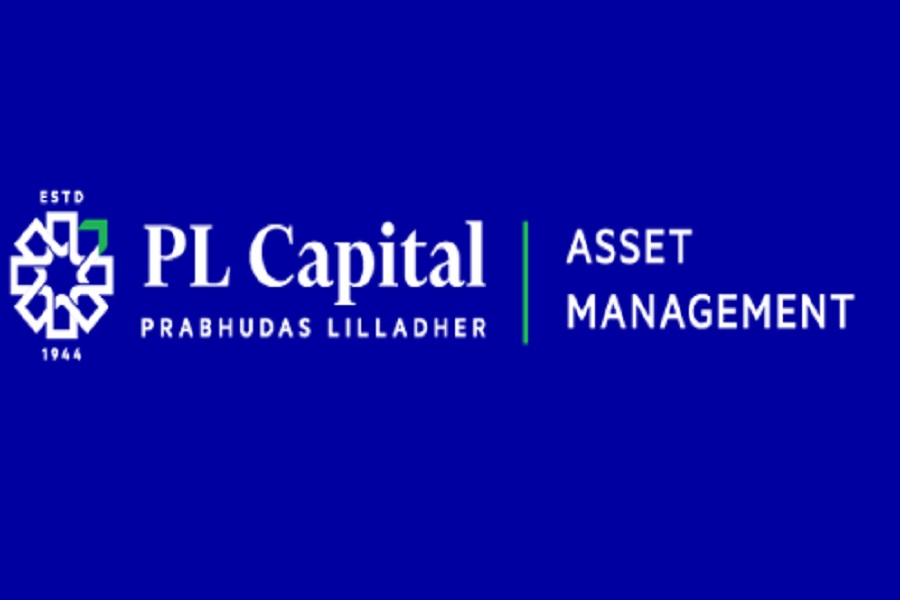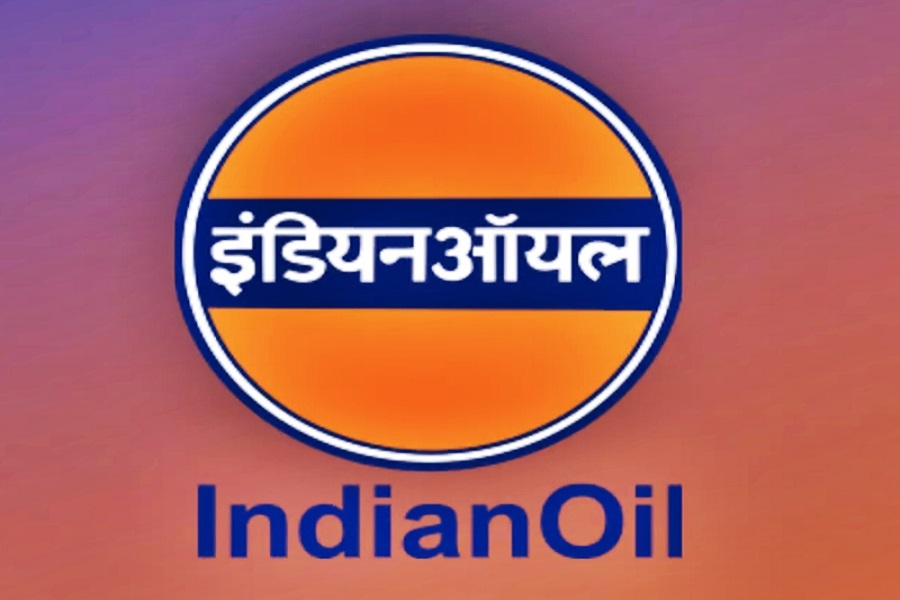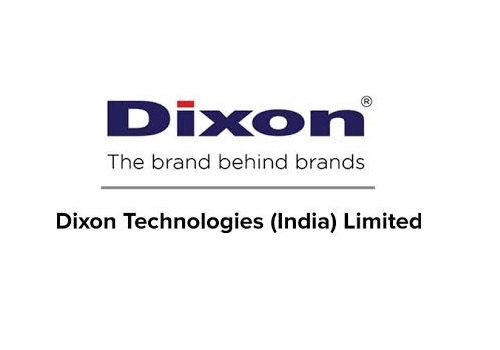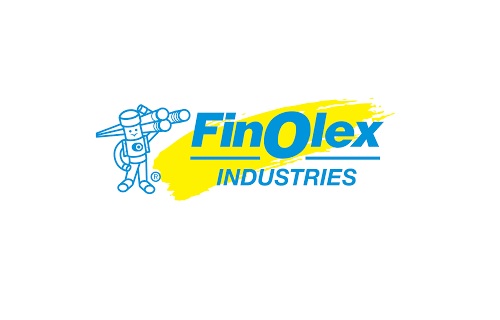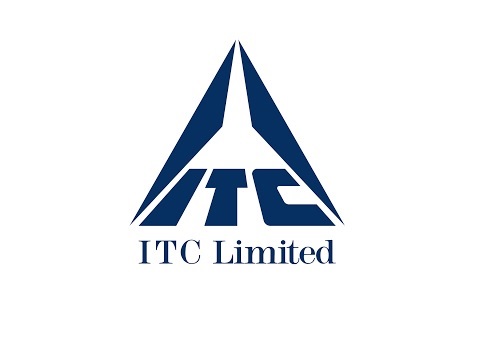Buy CEAT Ltd For Target Rs. 2,930 By Motilal Oswal Financial Services
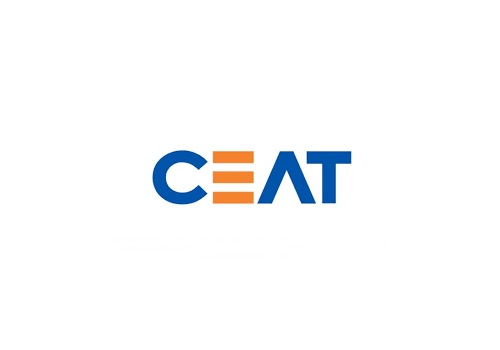
Strengthening position in domestic replacement;
expanding into export markets
Prudent bite-sized capex plans to help sustain double-digit ROCE At its analyst meet, CEAT management highlighted its focus on: i) strengthening its brand presence in the domestic replacement segment, ii) expanding into export markets, particularly in the US, EU, and LatAM, and iii) reaffirming its cautious approach to capex, which should help CEAT sustain its double-digit ROCE. The company aims to achieve market leadership in the PCR segment over the next 2-3 years, maintain its leadership in 2W replacement, and increase the contribution of export revenue to around 25% from the current 19% over the coming years. The management is optimistic about the growth prospects, driven by anticipated double-digit growth in replacement volumes and expansion into key markets. However, despite the price increase, we are wary of the impact of rising commodity prices on overall profitability and will be closely monitoring it.
Here are the key highlights:
2W/PV replacement volumes likely to grow in double digits
* Overall volume growth is expected to be close to double digits in FY25, driven by healthy growth in replacement demand while OEM growth is expected to moderate. OEM demand for 4W is expected to be muted, while the demand for 2W is picking up.
* There has been a structural change happening across the categories as the distance covered per day has been increasing. The shortening of replacement cycle is a result of a rising trend of weekend drives or off-roading in cars and an increase in average daily distance covered by CVs.
* T&B replacement: Growth is expected to be in the range of 6-8%, lower than 2W and passenger cars. The average daily distance covered by a truck has increased to 700km now from ~400km in earlier periods. It may go up to 1,100-1,200km per day over the next 3-5 years.
* PVs: Replacement growth is expected to be in double digits. While PV OEM volume growth has been healthy for the last few years, it has now started to moderate. However, replacement demand is expected to be healthy.
* 2Ws: The segment has been little cyclical due to weak rural demand; however, it has now started to pick up. The segment is expected to grow by double digits.
Aims to achieve market leadership in PCR category over next 2-3 years
* The company believes that tyre players are now more independent in pricing power vs. earlier periods, and branding will play a key role, which would be the key investment areas for CEAT.
* Passenger cars:
In terms of market share, CEAT ranks third with a market share of ~17%, with Bridgestone and APTY being the top two players. It aims to achieve the second position by the end of FY25 and be a market leader over the next 2-3 years. This will be driven by higher focus on marketing, expansion of retail network (currently 580 stores) and dealer support. It commands 8-9% pricing premium over MRF, which has around 12-13% market share.
* 2Ws:
CEAT is the market leader in 2W replacement with ~35% market share, while MRF is the challenger brand. It commands ~2-3% price premium over MRF. While it does not see much scope for market share expansion from hereon, it aims to retain its market leadership in the category. It has to be noted that there is a shift happening toward the cruiser category from the commuter category. It is addressing the opportunity by launching new products and conducting rides and events.
* The company has similar market share in both motorcycle and scooter replacement. In OEMs, CEAT has a higher market share in motorcycle than in scooters. The company commands 75-80% market share with Royal Enfield and it is now focusing on premium products of HMCL, HMSI, BJAUT, Suzuki and Yamaha. These models use steel radial tyres, which would be margin lucrative.
* T&B: CEAT holds ~7% market share in the replacement category and it aims to achieve a market share of ~12-13% over the next few years. It also has a market share of ~13% in OEMs. As demand is healthy in markets like the Middle East and LatAm, most of the new capacities will be geared toward these export markets, which are also margin lucrative.
Exports: Aims to increase revenue share to 25% from 19% now
* Exports currently contribute ~19% of the revenue and the company aims to take it to ~25% in the coming years. The key geographies include the US, EU and LatAM.
* EU: The region is shaping up well for CEAT and would be the focus areas as the company expects EU to succeed first among all export markets. Agri radial and PCR are doing well and the TBR category is gradually taking off. It has a decent presence in Italy for PCR/TBR with ~1.5% market share and it is also expanding in Spain, Germany and France.
* US: CEAT has been present in the agri radial category over the last three years; a TBR range will be introduced in 2Q and PCR in 4Q. It is reasonably well covered in the UAE, Iran, Iraq, and Africa, including Nigeria.
* CEAT has ~850 SKUs for agri exports and would add 100-200 each year.
Focus on bite-sized capex to sustain double-digit ROCE
* At the current capacity, CEAT can achieve a turnover of ~INR150b (vs. ~INR119b in FY24). The management indicated that there is no need for any greenfield capex for the next four years in passenger cars and T&B segments and for next two years in 2Ws. The payback period on capex is typically 5-6 years.
* Capex guidance for FY25 is INR10b (vs. INR8.6b in FY24) and the similar range for FY26. The capex incurred during these two years would potentially add INR30-40b to revenue without any greenfield. Most of the growth capex incurred during these years would take care of demand for FY26 and beyond.
* Unlike in the past, the company will avoid multiple projects simultaneously and the company will continue to focus on bite-sized capex.
* The company stands comfortable at mid-teen ROCE level and aims to sustain double-digit ROCE even in the coming years.
* Capex per ton is the lowest for the 2W category (~INR55m in 2014), while it is the highest for passenger cars at INR100-110m. Capex per ton for T&B and farm radial is in between the range of 2W and passenger cars.
Rubber prices are again at elevated level
* The management reiterated its guidance of 2-3% increase in commodity prices for 1QFY25. Rubber prices currently stand at ~193 per kg vs. ~150-160 per kg in 4QFY24.
* CEAT expects some benefits of its low-priced inventory; however, any further increase in rubber prices will dent 2Q profitability. The company has already taken ~1.5% price increase in 1QFY25.
* A better product mix driven by- i) higher rim sizes in 4Ws, ii) increasing share of steel radial tyres, and iii) increasing salience of exports, which have higher margins than the domestic replacement category.
Other highlights
* EPR- It is applicable only on domestic sales and an approximate impact would be ~1% of selling price. Certificates are not sufficiently available and companies have just made the provisions. CEAT expects the actual cost of EPR certificates would be largely similar for all tyre players.
* Premiumization in 4Ws: CEAT has launched multiple tyres for premium cars and it now has ~95% SKU coverage for the segment. The premiumization trend has been increasing: the share of >17 inch tyres in cars is already at 50% in OEMs, and in replacement it is expected to go up to 25-30% in few years from the current level of 7-8 years.
* CEAT would not like to have any EV exclusive product range in the future.
Valuation and view
* CEAT has guided for double-digit volume growth in the replacement category for FY25, driven by 2Ws and passenger cars. The company intensifies its focus on expanding in export markets.
* A stable growth outlook for domestic OEMs and a healthy growth in replacement demand will enable a faster absorption of new capacities and drive operating leverage benefits
* CEAT’s focus on strategic areas such as PV/2W/OHT/exports (to help margins), along with prudent capex plans (to benefit FCF), should continue to improve its returns in the long run. Valuations, at 15.3x/12.6x FY25E/FY26E consol. EPS, also appear attractive. Hence, we reiterate our BUY rating on the stock with a TP of INR2,930 (based on ~15x Mar’26E EPS).
For More Motilal Oswal Securities Ltd Disclaimer http://www.motilaloswal.com/MOSLdisclaimer/disclaimer.html
SEBI Registration number is INH000000412
